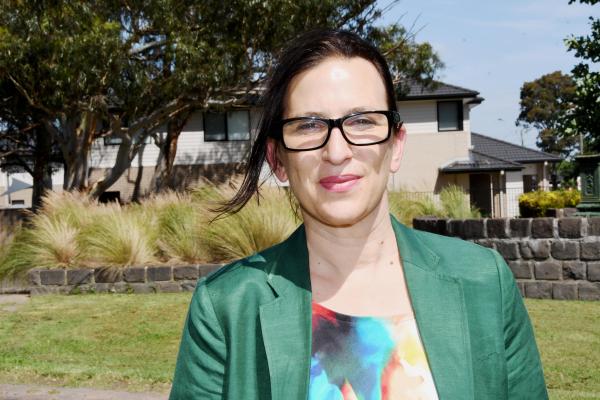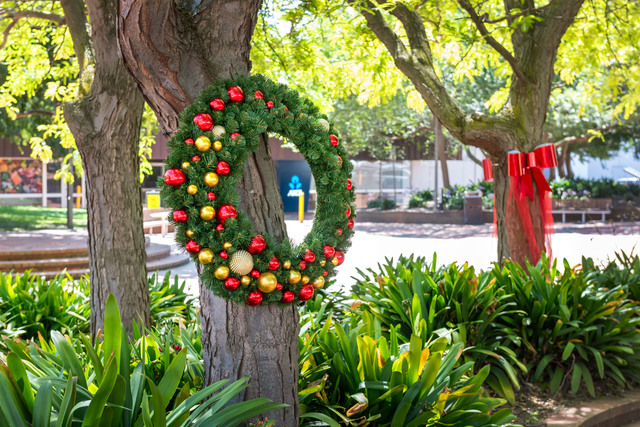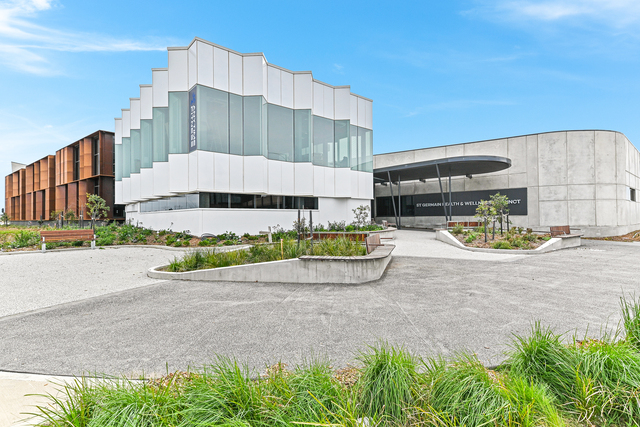Berwick, Cranbourne, Hallam and Beaconsfield have been flagged as potential locations for new social housing sites as part of the State Government’s record $5.3 billion budget promise.
The “unprecedented” big housing build will deliver 12,000 new homes over the next four years, providing both public and community housing, and boosting the state’s social housing supply by 10 percent. It will also create 10,000 jobs per year over the next four years in a much-needed boost to the economy.
The building blitz is set to target the local government areas of Casey and Cardinia, after the south-east growth corridors were identified in the top 21 priority areas across the state.
Bass MP Jordan Crugnale said the announcement encapsulated the demand for such a service in the south east.
She said it was “reform from the heart” and a driving factor as to why she joined the Labor party.
“This is life changing, it is a big investment and it benefits all of us. It is caring for people and also creating jobs for people – it is a social investment and an economic one as well,” she said.
“In Casey and Cardinia, the number of people reaching out to homelessness services, financial services and support services is just too high, the number of women and children experiencing family violence is too high, the number of young people couch surfing is too high.
“We have a growing number of single older women at risk of homelessness, we have people dealing with mental health challenges, and people living with a disability that need suitable accommodation.
“This investment is for them, because they are worth it, they are part of our community.”
While specific locations have not yet been publicly identified, the State Government has flagged the suburbs of Berwick, Cranbourne and Hallam in Casey and Beaconsfield and Kooweerup in Cardinia.
“We recognise they are fast growing communities that have very little public and community housing available and we acknowledge that if you don’t have safety and security of housing you are at risk of homelessness,” Ms Crugnale said.
“When you have a secure and safe place to call home, everything else starts to fall into place like your health, work opportunities, education and that sense of belonging and participating as an active citizen in your community.”
Kathryn Seirlis, growth and investment manager at the City of Casey, welcomed the funding for the housing and economic stimulus it would provide.
“In Casey alone, there is an existing shortfall of more than 5,500 affordable housing dwellings,” she said.
“Without changes, this could increase to a shortage of more than 10,000 affordable housing dwellings by 2041. In addition to affordable housing, it is estimated that by 2041, some 4,800 emergency accommodation places will also be required.”
The City of Casey is a signatory to the Regional Local Government Homelessness and Social Housing Charter 2020, which advocates for increased social housing investment throughout the state.
“We know that our community has been significantly impacted by Covid-19 and the addition of further affordable housing would help alleviate some of this pressure, and contribute to our city’s economic recovery,” Ms Seirlis said.
Statewide, 10 per cent of the new homes will be allocated to Aboriginal Victorians, while a further 1000 homes will be set aside for family violence survivors, and 2000 for people suffering mental illness. Almost 3000 new affordable and low-cost homes will also be built to help low-to-moderate income earners live closer to where they work. Twenty-five per cent of the housing has been allocated in regional Victoria, with the location of developments largely dependent on amenity, price and purchase terms.
Narre Warren South MP Gary Maas thanked everyone in the community who had advocated “so strongly” for the initiative.
“Your calls were heard,” he said.
“Many of us take a roof over our head for granted. It is important to support people through difficult circumstances so they too can build decent lives for themselves. This investment will continue to deliver more options to more people in need.”
Housing Minister Richard Wynne added the project was “not just investing in bricks and mortar, but the lives of Victorians for decades to come”.
More than 6000 dwellings will commence within the first 18 months of the project. By June 2023, construction will have started on more than 11,000 homes, with the final 1,300 homes to commence by June 2024.
The Victorian Budget 2020/21 is set to be handed down on Tuesday 24 November.







